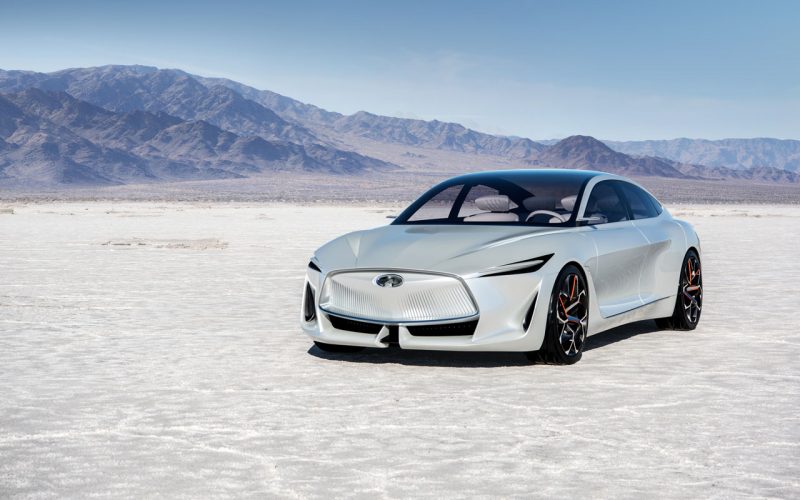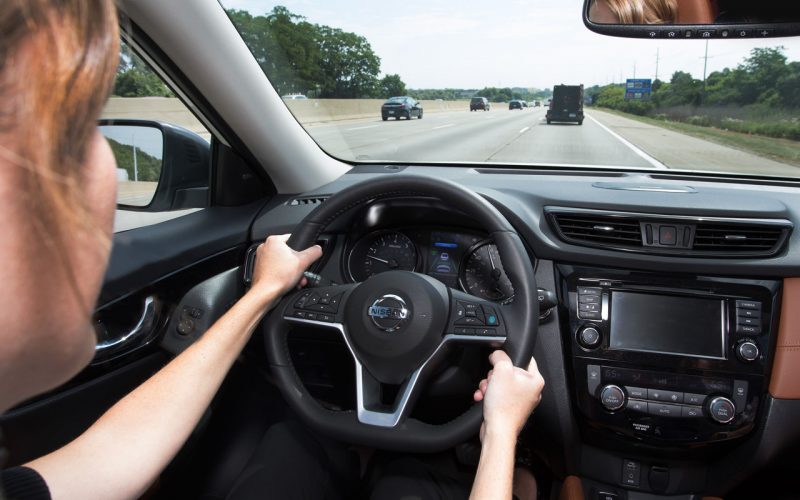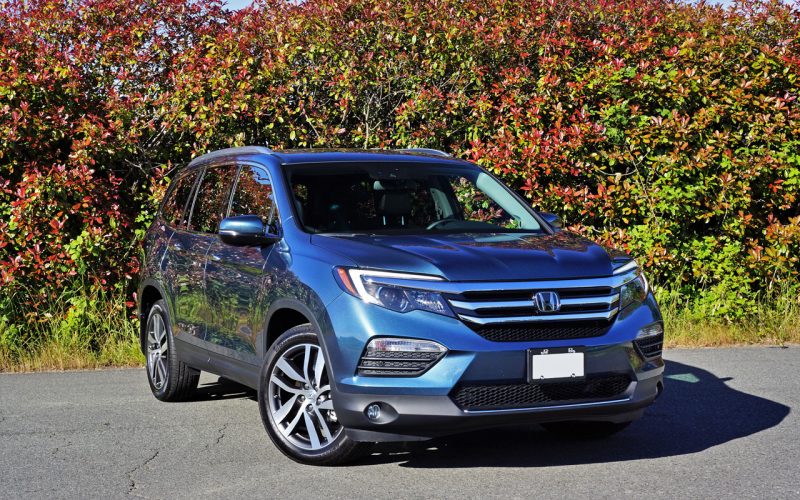
Reading Time: 8 minutesDon’t get too excited. While last year’s sensational QX50 Concept was a definitive firsthand view at

Reading Time: 4 minutesCanadians choosing to fully equip their 2018 Nissan Rogue SUVs will soon receive the benefit of

Reading Time: 9 minutesWith a shiny new 2017 Honda Pilot in the driveway, I can’t help but glance over
© 2025 The Car Magazine. All Rights Reserved, Privacy Policy | Terms of Use